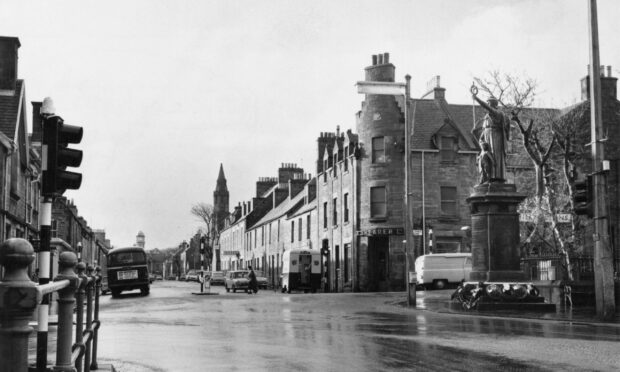Thurso is Britain’s most northerly town, and one steeped in at least five millennia of history.
Its importance as a port grew exponentially from the Norse era and the Caithness town, once a burgh in itself, has a rich history of trade throughout Northern Europe.
Fun fact: Thurso’s importance in the Middle Ages was such that Scotland’s standard unit of weight was brought in line with that of Thurso by order of King David II.
Evidence of one of its exports endures all over the world and it’s here our trip down memory lane starts as we share a gallery of fascinating images.
Life and times of Thurso
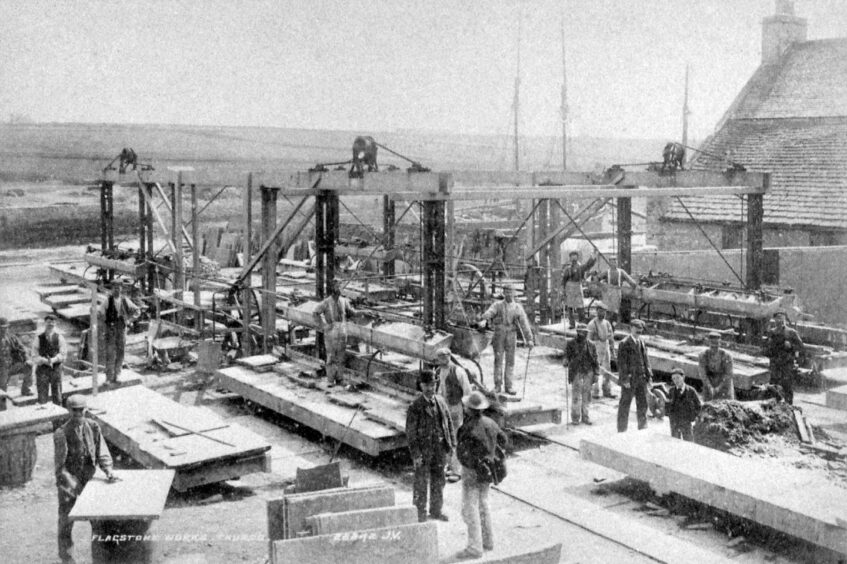
This image from the collection of John Sinclair, late Lord Lieutenant of Caithness, is from 1884 and shows men working— or in this case, standing about — at the flagstone yard at Miller’s Lane.
Caithness flagstone was said to ‘pave the world’.
In 1902, 35,000 tonnes of flagstone is recorded to have left Caithness, sailing on distant seas on steam ships to Argentina, Australia, and America.
And the importance of Thurso’s links with Orkney just across the Pentland Firth can’t be overstated.
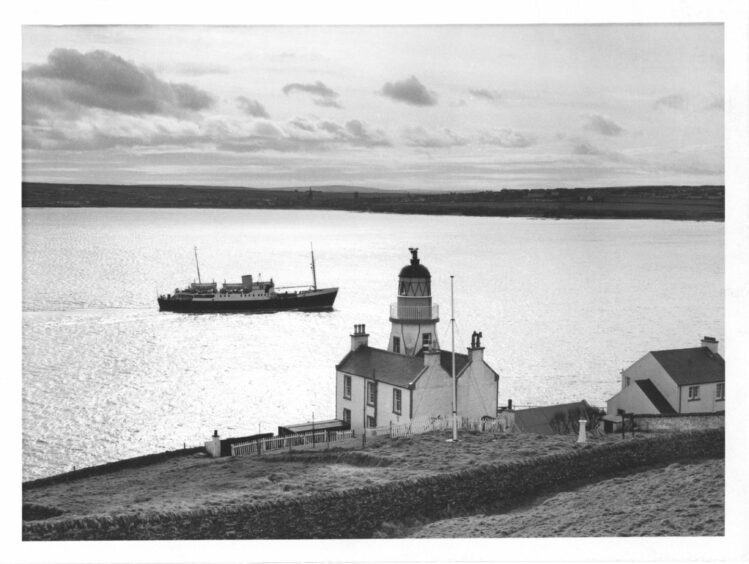
Who remembers the ro-ro ferry St Ola II seen here passing the Scrabster lighthouse, Holborn Head?
St Ola II was built in Aberdeen by Hall, Russell & Co in 1974 and served until 1993.
The Holborn light, in its unusual square tower, illuminated the coast for seafarers from 1862 to 2003.
It was automated in 1988, and decommissioned in 2003. It’s now in private hands.
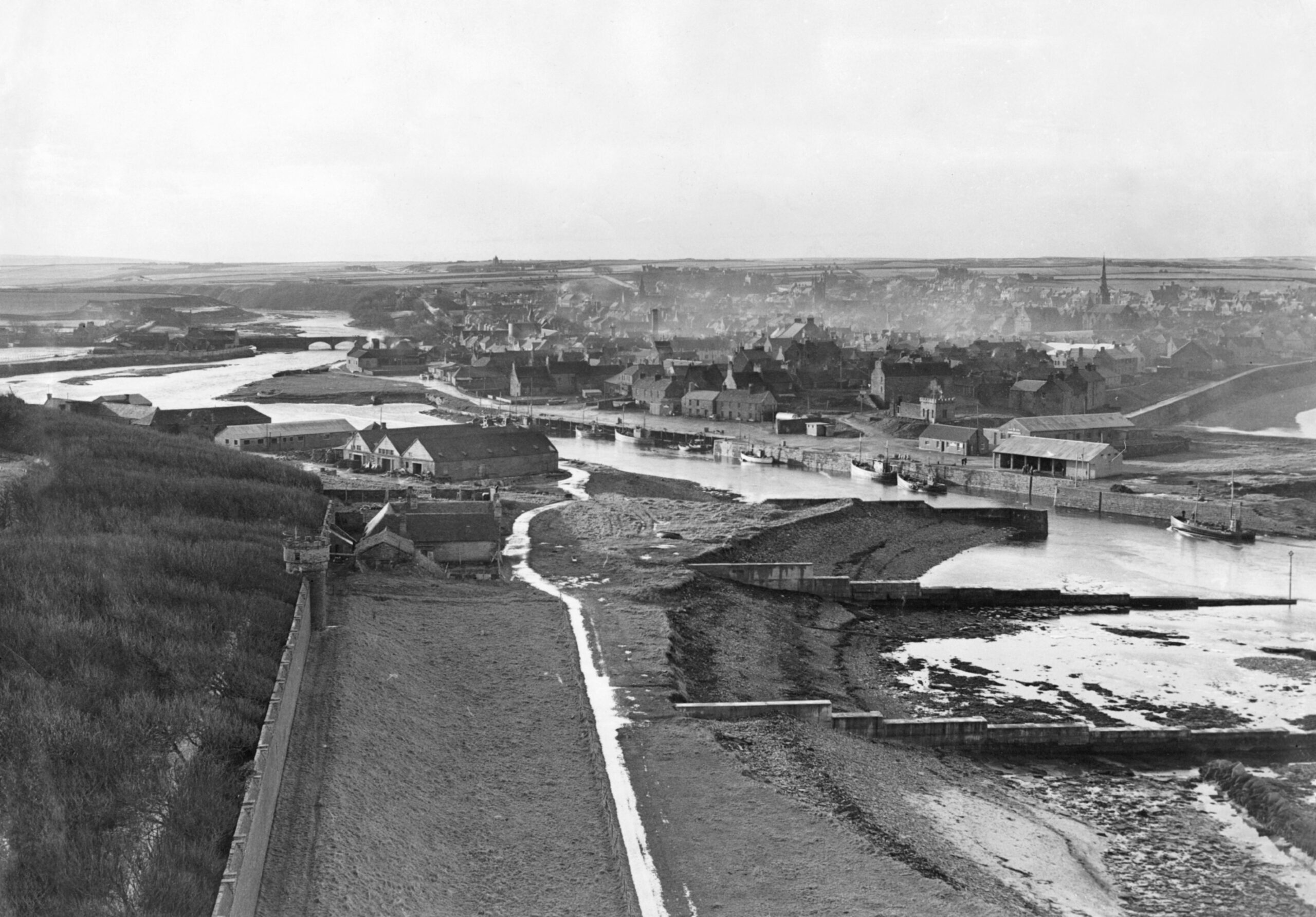
Next up we go back to 1951 for this aerial image.
The River Thurso and the town beyond can be seen from Thurso Castle.
Viking stronghold
Positioned on the main route between Norway and the Western Isles, Thurso Castle was originally a Viking stronghold.
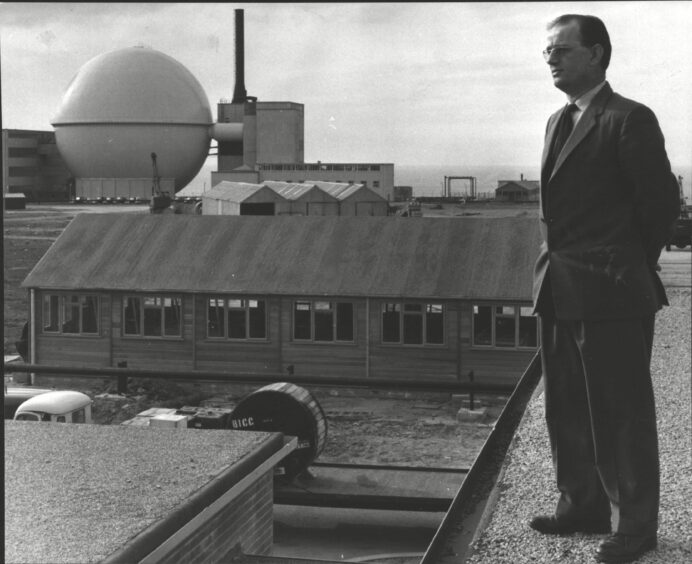
The town would get quite an awakening in 1954 with the arrival of ‘the atomics’.
These were the people who came to work in the nuclear power plant at Dounreay.
Maurice Wyatt, head of engineering for Dounreay, is pictured here with construction well under way.
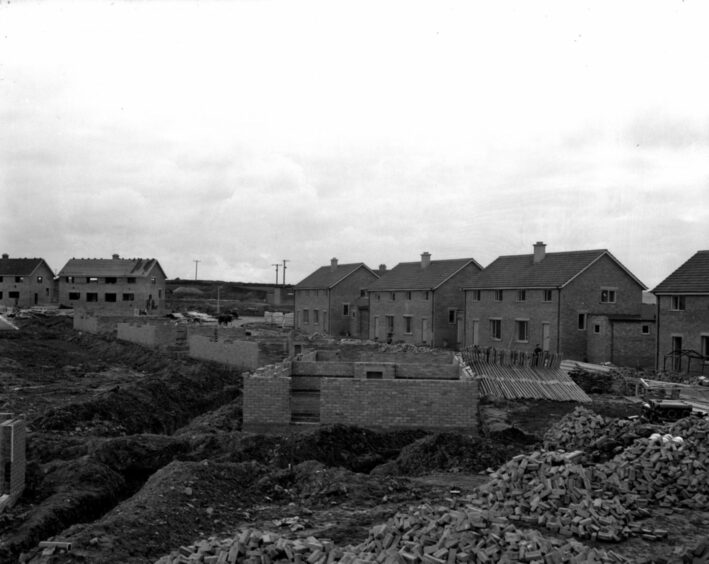
Thurso Burgh Council supported the construction of Dounreay, seeing it as a way of halting the county’s brain drain of young people and bringing a new skilled labour force to an area generally seen as bleak and remote.
A massive housing programme was launched to house ‘the atomics’.
The population of Thurso would grow to 9,000 from 3,249.
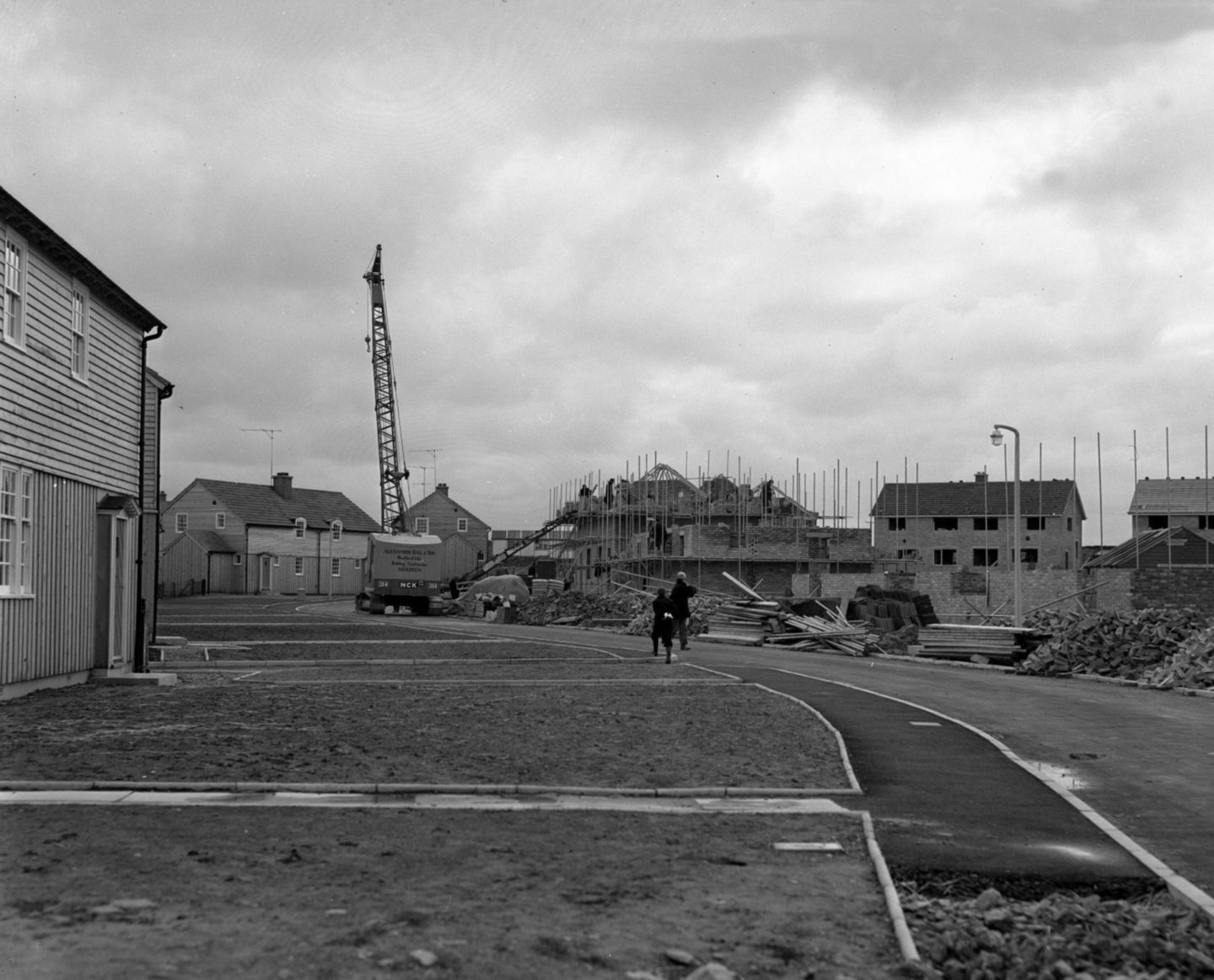
The influx of ‘atomics’ did little to change the town centre’s character.
The first phase of construction comprised 50 two-storey semi-detached timber houses to accommodate the first batch of scientists and engineers.
Street names in the main development at Pennyland such as Thorfinn Terrace, Sigurd Road and Sweyn Road were named to reflect the area’s Norse heritage.
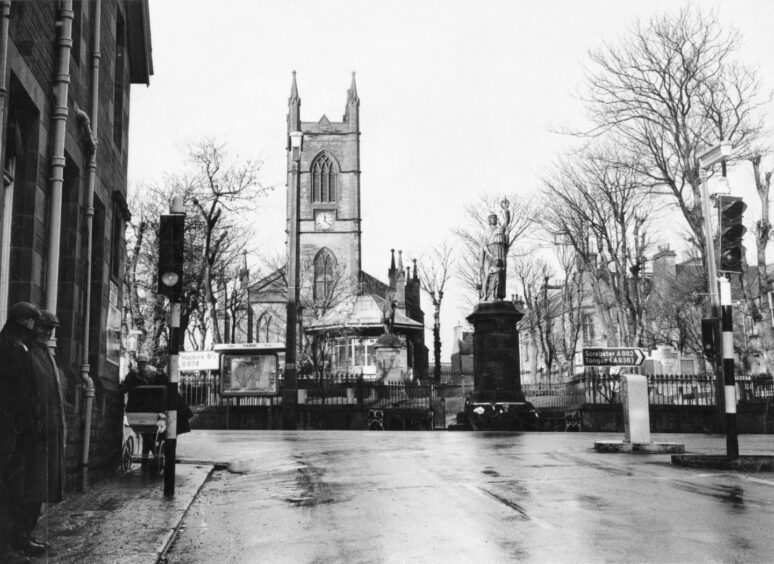
These photos from 1969 reveal Thurso looking much as it does today, St John’s Square dominated by St Peter & St Andrew’s church.
The prominent site was intended for the town house in the town plan of 1798 but the church designed by William Burn was built here in 1832.
It’s a simplified version of his St John’s Episcopal Church, Princes Street, Edinburgh of 1815-18.
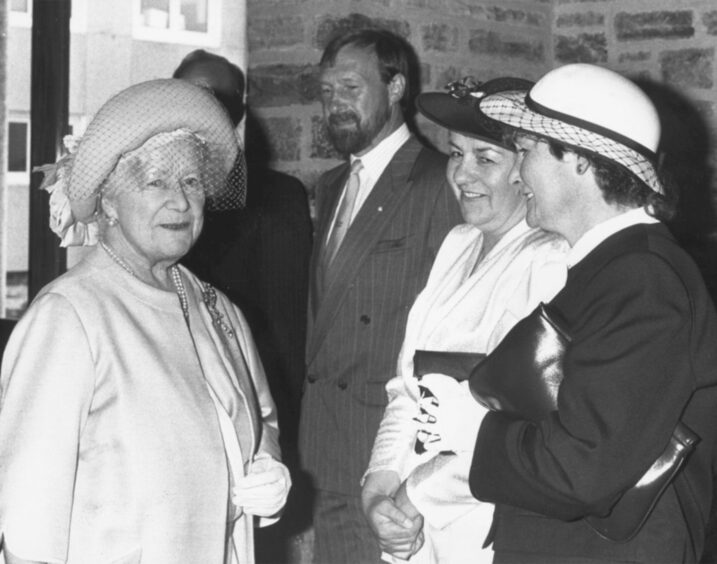
Thurso has always been a favourite stomping ground for the royal family, with the late Queen Mother’s residence at Castle of Mey less than 14 miles away.
She’s pictured here in 1989 during the naming of the new Thurso lifeboat ‘Queen Mother’, meeting coxswain’s wife Elizabeth Farquhar and assistant coxswain’s wife Margaret Manson.
Thurso welcomed royal visitors
One of the earliest royal visits to the town came in 1874, when the railway was opened from Inverness up to the north, largely financed by the Earl of Caithness and the Duke of Sutherland.
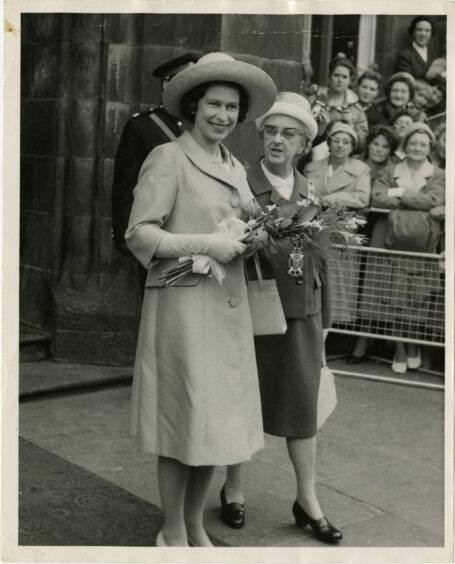
When Victoria’s eldest son Albert and his wife Alexandra, Prince and Princess of Wales, were paying their first visit to the north, they stayed at Dunrobin Castle with the Duke and Duchess and paid a flying visit to Thurso.
The Queen is pictured here in 1964 leaving Thurso Town Hall with Provost Miss Isabella Cormack.
Prince Charles has always felt at ease in the town.
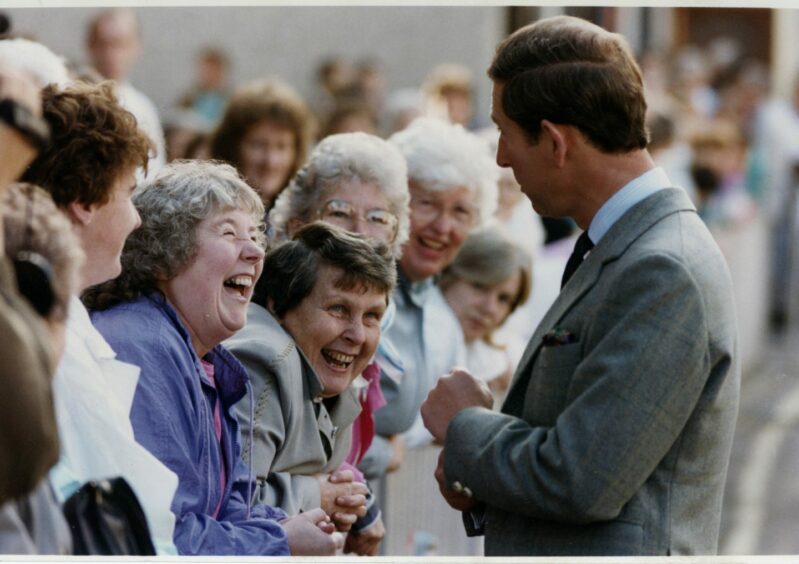
He’s pictured here in 1991 when he undertook a three-hour ‘meet the people’ visit to Thurso, including a 15-minute walkabout through the town centre’s pedestrian precinct.
Crush barriers were positioned only at the start and finish of the procession.
That allowed the prince, who was wearing a Gordon tartan kilt, to mingle with shoppers and well wishers, shaking hands and chatting at length with many.
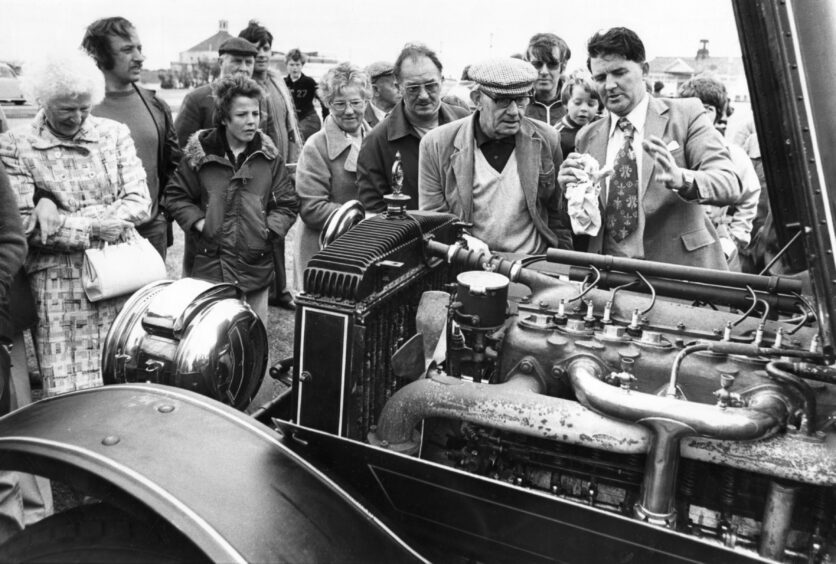
Our final image is of someone who was a well-known face in Thurso.
Local policeman Bert MacLeod grew up in Achness, Loch Naver, and spent 30 years in the police force, including tours in Thurso, Wick and Shetland.
He was one of the Queen Mother’s favourites when on royal security duty at the Castle of Mey.
He’s pictured here in 1978 showing the engine of a 1907 Daimler Tonneau to a crowd at Aberdeen Beach after the Daimler had competed in the Kildrummy Rally.
Do you have any of your own memories or images of Thurso over the decades?
We would love to see and hear them!
More like this:
Charles Alexander of Aberdeen: Legendary truck yard forged a place in workers’ hearts
